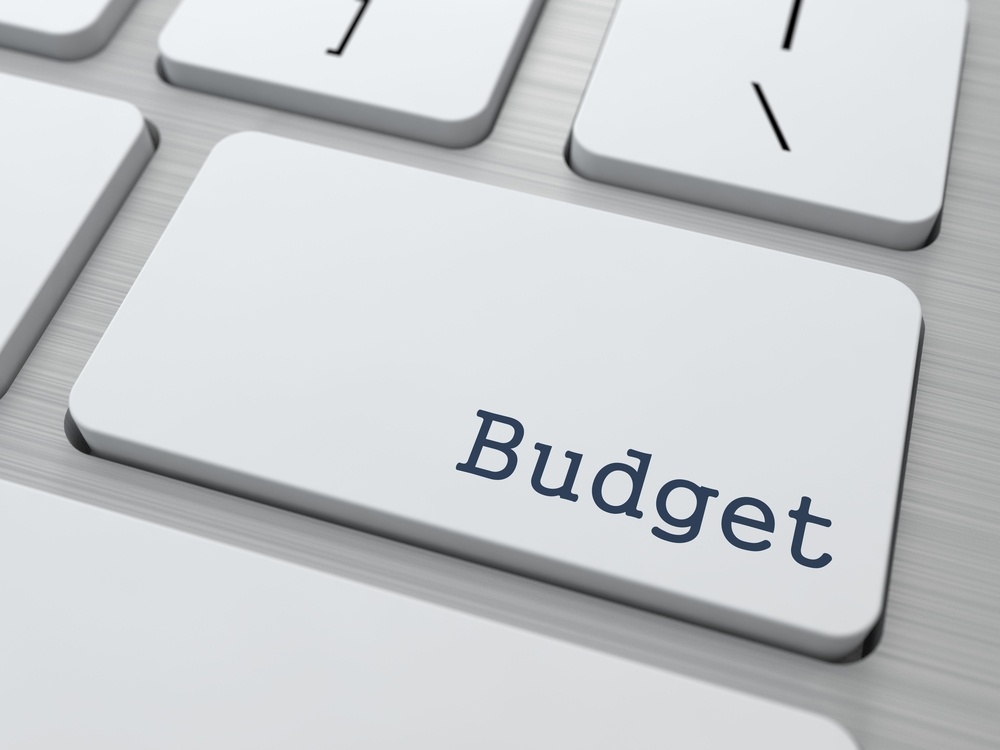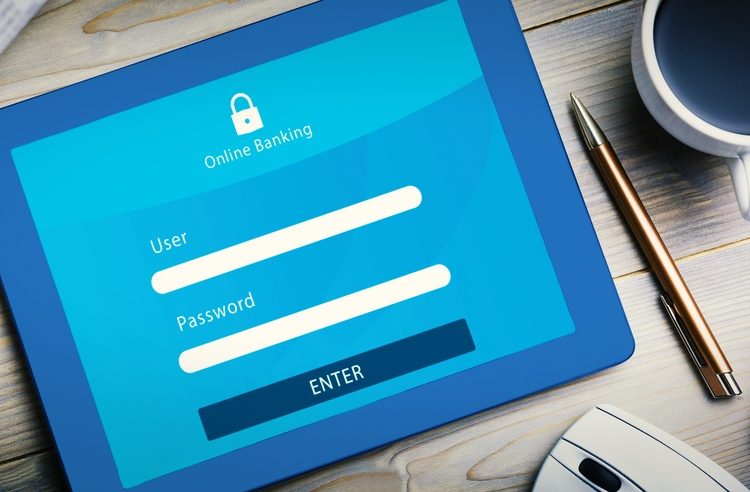Your first order of business when deciding to create a budget, is to determine exactly how much you’re spending each month. You can put a solid budget plan into action with strategies that include calculating your expenses. The key to a budget is to stay with it over time. Set a budget you can stick to by determining your income, setting savings goals and paying off debt on schedule. You will also need to record your spending and track your progress. Most importantly, be realistic with your budgeting strategies.
If you’re trying to pay off bills or save for a dream vacation, a budget is your first step toward making your financial goals a reality. Set up a realistic budget that gets you where you want to go within your time frames.
Step 1
First, calculate your expenses each month by reviewing your bank statements, receipts and financial files. Because some expenses are infrequent, such as insurance payments, you’ll get the most accurate financial picture if you calculate an average for six months to a year. Add up everything you spent for the last six to 12 months and then divide by the number of months, which will give you your average monthly expenses.
Step 2
Second step is to determine your actual income. Start with your regular salary, but look at extra income that could come your way throughout the year. It could be in the form of a short-term job, maybe working at the election polls, or retail during the holidays. You could receive a sizable cash gift, sale of items sold online or via garage sales, and don’t forget other income sources like alimony, child support, interest, dividends and rental income. Add it up.
Step 3
Third, see if your budget is showing a savings surplus or deficit. This will determine realistic savings and debt payoff goals. You do this by subtracting your monthly expenses from your income. If you determine you’re making more money than you’re spending, you are in good shape and can direct savings to pay off debt. But if the result is the opposite, time to cut spending.
Step 4
Fourth step is where your tracking plan comes into play. You can’t cut what you don’t know. So, track your spending and record every expense for a month. Seemingly insignificant items such as a cup of coffee add up over time. For instance, even if you spend just $10 a week on snacks, that adds up to $520 a year. It’s significant spending that if cut would have an impact on your budget and savings.
Once you know where to cut, do it until your budget is in the black and you know where you stand. Cut it enough so that you have 10 percent to 20 percent of your income left over each month to add to your savings account. If you can’t cut a sufficient amount from your budget, look at ways to boost your income.
In the end, your success will rest on your knowledge of all your expenses.
In summary, the best way to stay on top of your budget is to record all of your expenses and income. When you actually record your expenses, it will cause you to think twice before splurging, and it’s especially satisfying and motivating to record when you’ve met a savings goal.
Set a budget you can stick to and if you do that, you will reach your financial goals. Breaking your budget occasionally is OK, providing you get right back on track as soon as possible.
Best tip for creating and sticking to a budget – just start! Set a budget you can stick to most of the time. It’s the one way to financial freedom that will always reward you!


